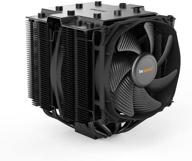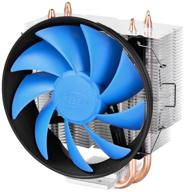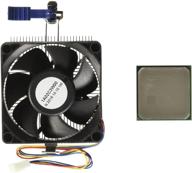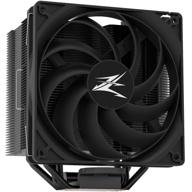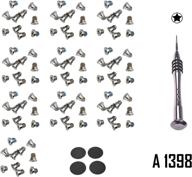It doesn’t pull on full-fledged shortcomings, rather nit-picking:
1) At first it seemed that the loading of the OS and the launch of applications were not very accelerated (for the sake of which everything was started), but then, it seemed, it became normal.
2) Note not to the disk itself, but to the process of transferring the OS to it. I had such a case: there are two partitions on the old HDD (except for some service ones, about which I don’t really understand). The first partition is the system partition and is smaller than the new SSD. Those. Theoretically, you can move the system to an SSD. I made a backup of the system partition using Acronis (while saving the data on the second partition), and then restored the data from this backup to the SSD. The program from Acronis correctly guessed what I wanted: made the disk bootable, created service partitions, created a system partition of the right size, and copied data to it, maybe something else I don’t know about. But I only found out about all this after the fact (when I tried to boot from a new disk and everything worked). And so it was absolutely not clear to me whether it would take off or not take off, and this made me nervous. If the program immediately wrote: "Yeah, I understand what you want, yes, I can do that, for this I will not just restore the data, but I will also do this, this and this. OK?", then I would be completely satisfied.









